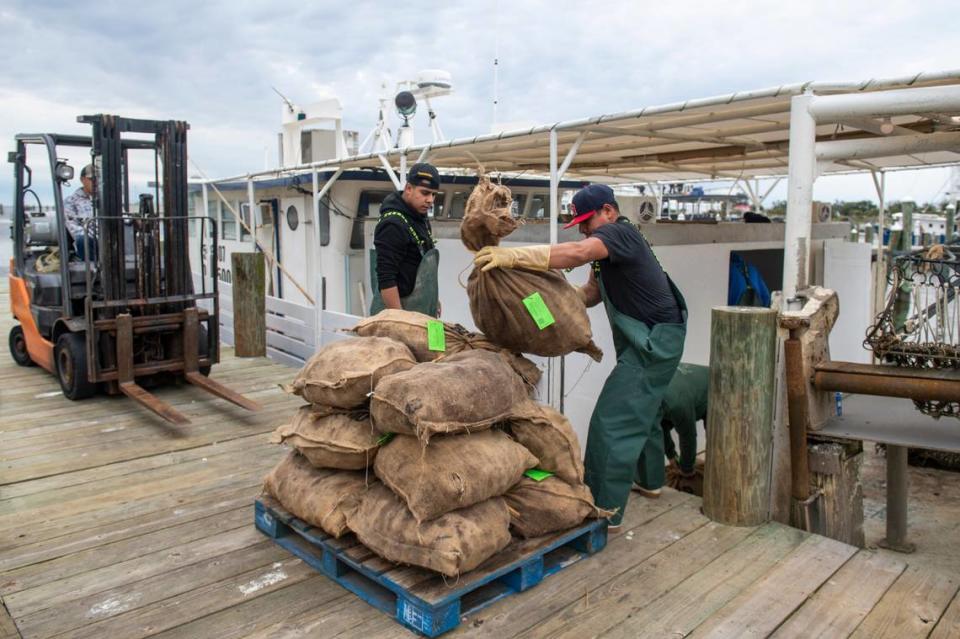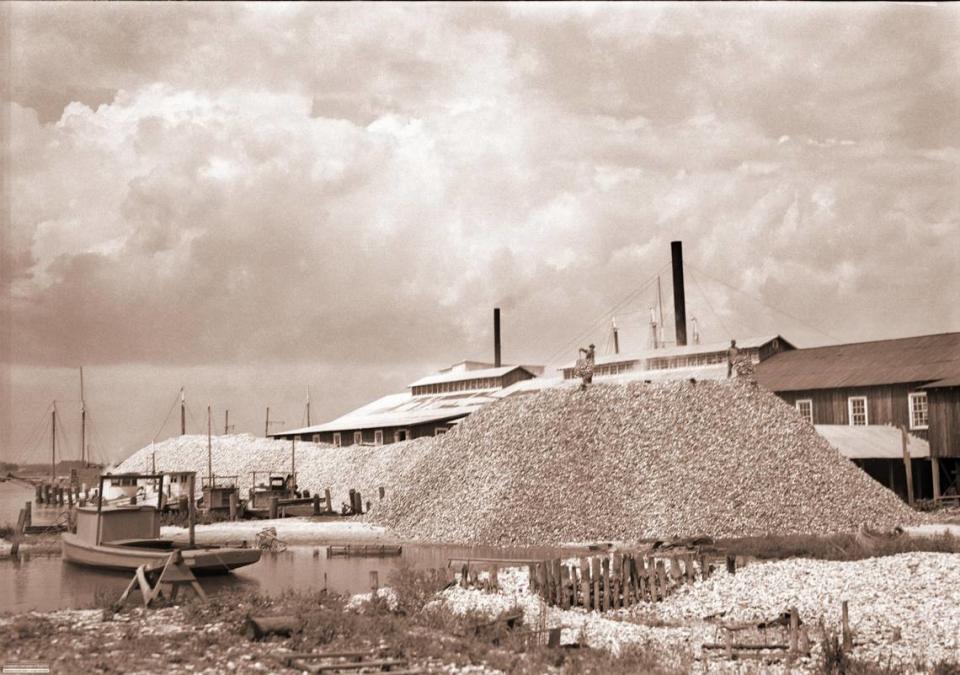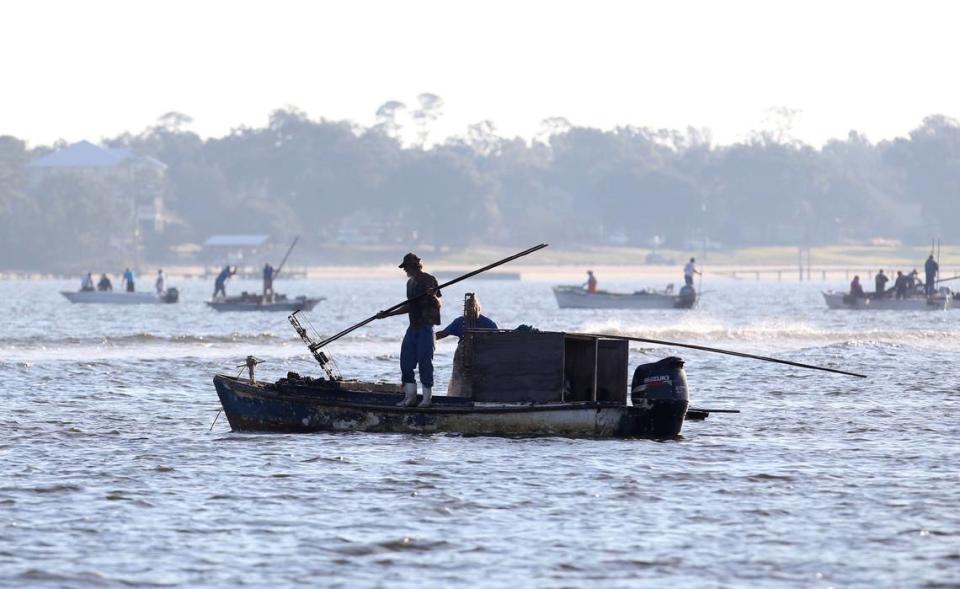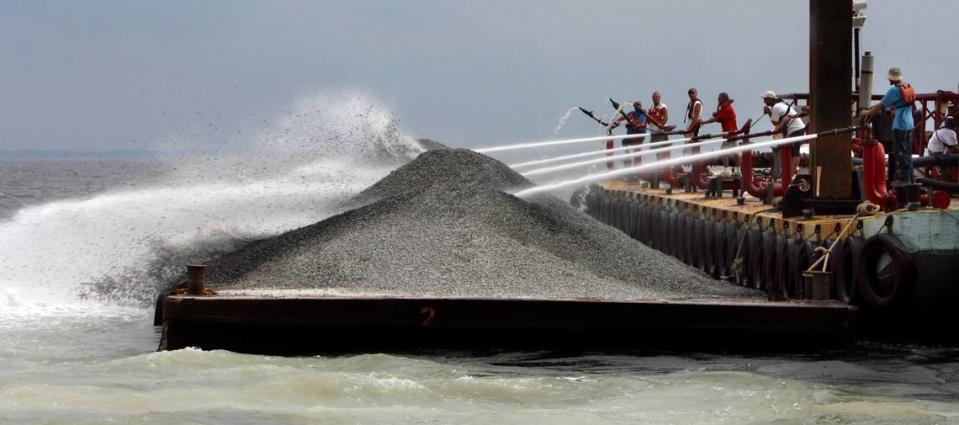Expansion of MS oyster farming a bust so far, but the Legislature is giving it another try
After five years without an oyster season, the Mississippi Department of Marine Resources was poised to lease thousands of acres of public water bottoms to private businesses for growing and harvesting oysters.
But the private leasing program that the state Legislature approved in 2023 failed to work, said Sen. Mike Thompson, who introduced the legislation that passed in 2023 and is now offering amendments to the bill. The bill with amendments has passed the Senate and is now in the House Marine Resources Committee.
The changes will give the Department of Marine Resources, which manages oyster reefs, more discretion in awarding leases. Under the 2023 law, leases were to be awarded on a first-come, first-served basis. Proposed amendments would allow the DMR to select the most experienced applicants and take into account their financial ability to plant reefs that will grow oysters, an expensive undertaking.
“It’s a new program for DMR,” Thompson said. “It’s more important to me that the collective ‘we’ get this right than to try to get it in a hurry.”
The DMR was working to offer leases under the 2023 law, but Thompson said the process was too focused on being fair to everyone and did not pull in enough workable proposals. Also, leases were required to be for squared areas but water bottoms don’t always conform to that shape.
Of about 14,000 acres available for lease, he said, proposals came in for less than 7,000 acres.
“It wasn’t this Wild West, gold-rush thing,” Thompson said.

Former ‘Seafood Capital’ now importing oysters
Meanwhile, a Coast that historically paved its roads with oyster shells and was known in the early 1900s as the Seafood Capital of the World, now turns to imports from other Gulf and Atlantic states to stock its seafood markets and restaurants. Oysters farmed in cages off Biloxi’s Deer Island also contribute to the mix.
In addition to their cultural and economic benefits, oysters are also environmentally important for Mississippi. They filter pollutants from the water. Also, oyster reefs serve as nurseries, shelter and foraging grounds for fish, shrimp and crabs. And they protect the shoreline from storm surge.

Natural disasters have decimated Mississippi oyster reefs in recent times, beginning with Hurricane Katrina in 2005 and capped by river flooding in 2019. Despite millions spent to refurbish public reefs, mostly in the western Mississippi Sound south of Pass Christian, oysters have failed to come back in significant numbers.
State leaders are hoping private enterprise can succeed where government has failed. The DMR’s executive director, Joe Spraggins, says his agency lacks the money and resources to plant and maintain thousands of acres of public reefs in today’s climate. Under the new law, the DMR will maintain only 20% of reef acreage for public use when sampling determines enough oysters are available for harvest.
Spraggins said he hopes to have leases in place by fall.
“The idea is for the people to be able to grow their own and then harvest them in a year and a half to two years,” Spraggins said.

How MS oyster farm leases will work
Areas of one acre to 2,500 acres can be leased. The cost is $3 an acre each year, plus a $50 application fee. Leases run for 15 years with the right to renew, provided the leasing party is actively working their acreage.
The money from oyster leases will go to Marine Resources for oyster projects, including the planting of state-owned reefs.
The DMR is required to maintain a book that includes all the leases, along with maps on its website that show leased areas and areas available for lease.
Reefs have diminished in size since Katrina, DMR records show. The hope is that oyster farmers will replenish reefs with fresh shell, limestone or other materials where oysters can grow.
The bivalves reproduce by releasing sperm and eggs into the water during spawning season, which in the Mississippi Sound occurs between May and October. These larvae float freely for two to three weeks before cementing for life to a hard surface. The presence of oysters adds shell to reefs and increases stock.


